

© Sören Göbel, Joanne Dietz

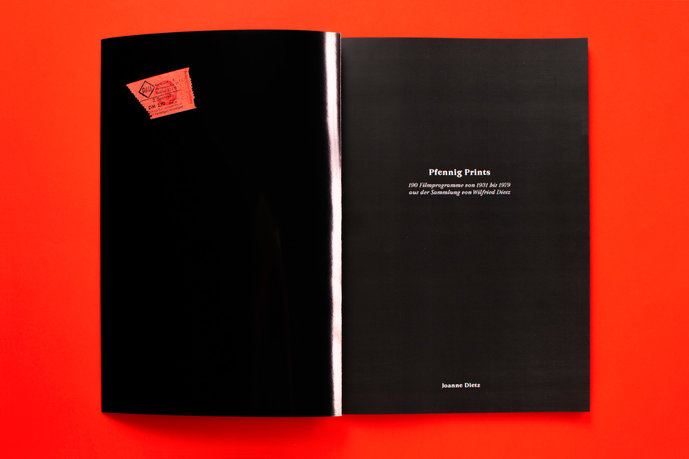
© Sören Göbel, Joanne Dietz


© Sören Göbel, Joanne Dietz


© Sören Göbel, Joanne Dietz

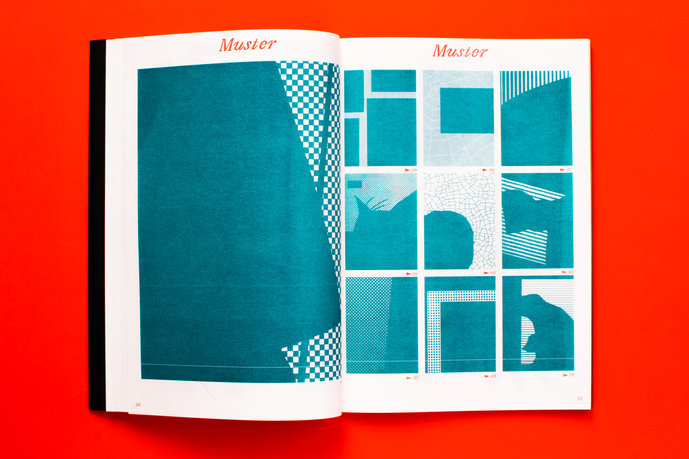
© Sören Göbel, Joanne Dietz


© Sören Göbel, Joanne Dietz

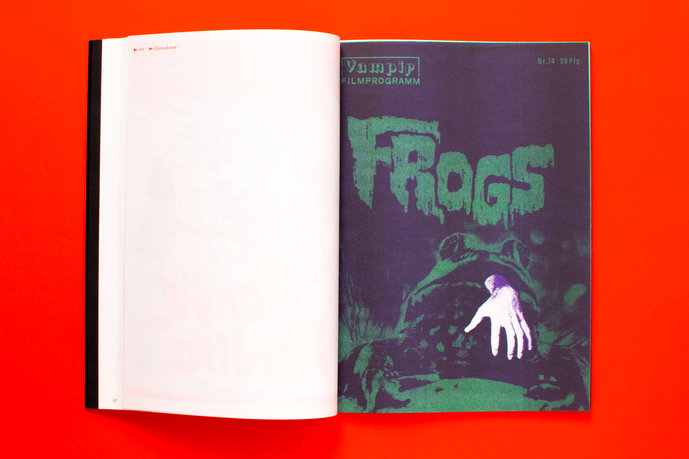
© Sören Göbel, Joanne Dietz

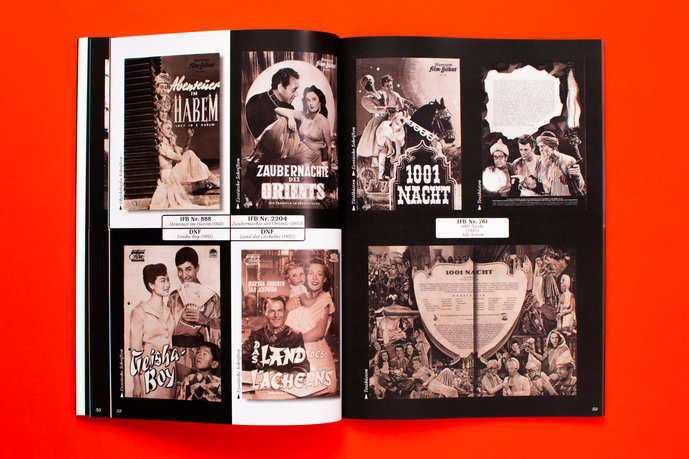
© Sören Göbel, Joanne Dietz

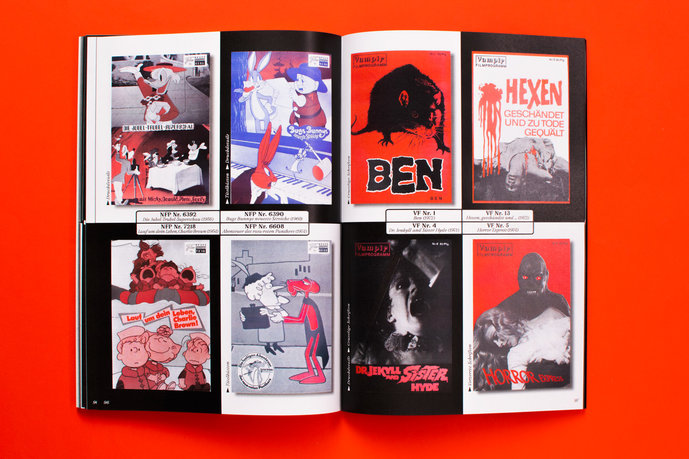
© Sören Göbel, Joanne Dietz

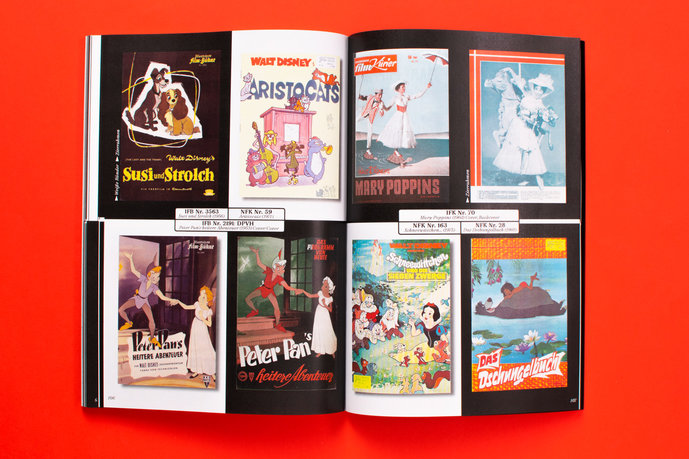
© Sören Göbel, Joanne Dietz
The starting point for Joanne’s intermediate diploma project was the discovery of her grandfather’s film programme collection. When her grandfather died, her grandmother gave her a box full of Disney and cartoon programmes because she knew that her granddaughter loved Disney films and she was just about to get rid of the collection. Joanne had never known what exactly her grandfather was collecting all these years. Film programmes were particularly common in German-speaking realm in the 1920s. When Joanne saw these programme booklets, she was above all fascinated by their colour, design and format. The booklets consisted mostly of a few pages only, on which you could find details on film content, actors and still images. In addition, due to the common printing methods at the time, they came in unusual colours and were available for a few pennies as souvenirs or collectors’ items at the cinema. Joanne realised that that this medium was about to be completely forgotten, familiar only to collectors and contemporary witnesses. So she wanted to keep the collection, before they disappeared, and somehow share this fascination with others. She researched and archived the most part of the whole collection in her grandfather’s cellar, which comprised of a whole lot more than the small box filled with animation film programmes. She scanned all the programmes whose design she found interesting or striking and sorted them into different categories using virtual colour markings on her computer.
The intermediate diploma project Pfennig Prints is a publication which, in addition to a collection of scans of selected 190 programmes, consists of category pages with isolated elements of scans and reprints of film programme title pages. The design of the publication was inspired by the original film programme booklets. The title Pfennig Prints was inspired by the small costs of the film programmes which were mostly around 10 - 15 pence. On the inner sleeve of the envelope was an original cinema ticket that Joanne found in a booklet from her grandfather's collection. At the beginning of the publication there is an introductory text about the medium of film programmes and how the project developed. On the category pages you will find elements isolated from the film programmes such as fonts, illustrations or samples, assigned to their programme pages in the collection section by red arrows. Thus, inspired by Joanne's digital structure of order, categories and collection are linked to each other and it is possible to jump back and forth between the parts. The isolated elements are Riso-printed, a method which, like the intaglio used for the original issues, prints in individual colour areas, allowing for particular colours and unusual combinations.
The blue-green and red are inspired by the colours frequently used in the original – back then, attempts were made to simulate four colours using two-colour printing. In the centre of the publication are six full-page reprints of original film programme title pages, Riso-printed in two colours. The collection section is arranged according to colour, and as you leaf through the book, the development from the early monochrome programme prints into multicoloured pages can be experienced. The collection pages are divided into four black-and-white areas, showing four scans per page, sometimes several pages of a programme booklet, which are then assigned to each other by the background colour. In the middle of the page there is an information box, which is divided according to the number of programmes shown and reveals information about the publisher, serial number, year of publication and film. The collection is thus suitable for collectors, acting as a kind of catalogue.
Pfennig Prints is an insight into the medium of the film programme, which deals both with its design as well as with the fascination of collecting and sorting. Moreover, the publication also exhibits a documentation of the medium itself and a catalogued extract selected by Joanne from her grandfather’s personal collection.
Supervision: Sereina Rothenberger, Michael Kryenbühl & Ivan Weiss